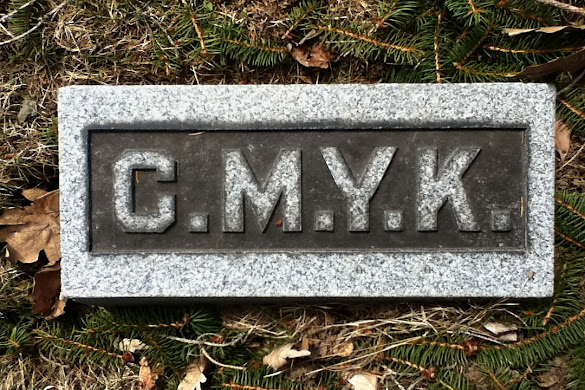Photoshop
Setting Preferences
Photoshop --> Preferences --> General
View
- Rulers, Grids & Guides
- Show
- Snap
Navigation
- Change Screen Mode
Color Picker
- Foreground/Background Color
- Eyedroper tool
Drawing Tools
- Erase/Magic Erase/Back Ground Eraser
- Sharpen/Blur/Smudge
—- Depth of Field - How much of the image is in focus in front of and behind the image
- Burn/Dodge/Sponge
Selection Tools (they define a workable area)
- Selection Tools addition and subtraction
- Magic Wand/Quick Selection Tool
— Tolerance
Layers
- Making Layers
--- New Layer
--- Duplicate a Layer
--- Delete Layer
- Layer Visibility
- Moving a Layer
- Opacity
- Modes
- Locking
Text Tools
- Horizontal Type Tool/Vertical Type Tool
- Horizontal Type Mask Tool/Vertical Type Mask Tool
--------------------------------------------------
Virtual Record Shop
description:
For this project you will use the following process to create an album cover for a fake band for the music genre of your choice.
This project is an exploration of appropriation, Ai generation, image manipulation, aesthetic research, layout and design. We will consider the meaning attached to images through context and our own expectations created through societal influence. This is the first project that utilizes the design thinking process.
Save your images using this naming convention: yourname_01.jpg, yourname_02.jpg. (ie... jvonstengel_01.jpg)
* to be successful with this project it will be important for you to do Google searches for examples of album covers for the genre you decide to base your CD cover on.
.
The Process
1 - Go to "wikipedia." Hit Random... or click here . The first random wikipedia article you get is the name of your band.
.
2 - Go to "Random quotations" or click here. The last four or five words of the very last quote of the page is the title of your first album.
.
3 - Go to the random noun generator website here. Generate a noun or two!
.
4 - Go to ImageFx here. Use the Ai 'text to image' generator to generate an image using the following prompt framework. [a color + your generated noun + a texture + "texture"]. Download the image you like the most.
.
5 - Consider the information you have about your fake band; the album name, band name and image. Pick a music genre that you think would go well with this information.
.
6 - Research the aesthetics used in album covers for that music genre by doing a Google image search. Search for the genre and the word "album covers".
Look at the colors used, the fonts, the imagery, the subject matter and the layout. Take notes. You will want to reflect upon these visual ideas in your design.
.
7 - Create a template for a CD cover (look up the size) and save it as a PSD to your desktop
.
8 - Use Photoshop to assemble the text and imagery on the CD cover template. You can generate other images using ImageFX for this part. Download fonts at DaFont.com
.
9 - Layout the text and manipulate the images to create a CD cover design that follows the aesthetic use of visual elements for the genre of music genre you choose
.
10 - Save your CD covers with the naming convention explained above
.
Repeat the process to create 8 different CD album covers (each can have a different music genre)
.
Upload the final images to the Google Photos Album "Art213 P2 Record Shop F24"
.
.
.
Work on Assignment 1 and Project 2
.








